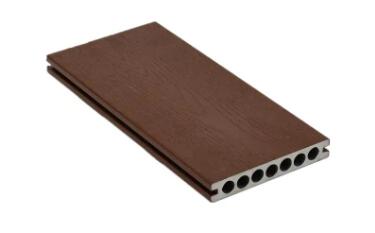The Durability Dance: Assessing Scratch and Scuff Resistance in Plastic Flooring for High-Traffic Areas
2024-01-05
Introduction:
Flooring is a foundational element in interior design, and its durability is paramount, especially in high-traffic areas where footfalls and movement are constant. Plastic flooring has gained popularity for its versatility, affordability, and ease of maintenance. In this blog, we'll delve into the characteristics of plastic flooring, assessing its resistance to scratches and scuffs, particularly in environments prone to heavy foot traffic.
1. Understanding Plastic Flooring Types:
1. Vinyl Flooring:
- Wear Layer Thickness: Vinyl flooring, a type of plastic flooring, often comes with a wear layer that determines its resistance to scratches and scuffs. The thicker the wear layer, the more resilient the flooring.
2. Laminate Flooring:
- Melamine Resin Surface: Laminate flooring, although not entirely plastic, often features a melamine resin surface that enhances its scratch resistance. The quality of this surface can vary among different products.
3. Luxury Vinyl Tile (LVT):
- Enhanced Protective Layers: Luxury Vinyl Tile, a premium form of vinyl flooring, may incorporate additional protective layers, such as urethane coatings, to bolster scratch and scuff resistance.
2. Factors Influencing Scratch and Scuff Resistance:
1. Wear Layer Quality:
- Thickness Matters: The thickness of the wear layer is a critical factor. A thicker wear layer provides a more robust barrier against scratches and scuffs, making the flooring suitable for high-traffic areas.
2. Surface Finish:
- Smooth vs. Embossed: The surface finish of plastic flooring can impact its vulnerability to scratches. Smooth finishes may be more prone to scratches, while embossed or textured surfaces can better conceal and resist minor imperfections.
3. Material Composition:
- High-Quality Materials: The quality of the plastic materials used in the flooring significantly influences its overall durability. High-quality materials contribute to better scratch and scuff resistance.
3. Benefits of Plastic Flooring in High-Traffic Areas:
1. Resilience and Durability:
- Tough Against Wear: Plastic flooring, when designed with durability in mind, can withstand the rigors of high-traffic areas, maintaining its appearance even in the face of constant use.
2. Ease of Maintenance:
- Simple Cleaning: Plastic flooring is often easy to clean and maintain, requiring minimal effort to keep it looking pristine. Regular cleaning can contribute to preserving its scratch-resistant qualities.
4. Tips for Maintaining Scratch Resistance:
1. Use Furniture Pads:
- Protective Measures: Placing furniture pads beneath heavy furniture items can prevent scratches caused by movement.
2. Regular Cleaning:
- Preventive Maintenance: Regularly cleaning the flooring helps remove dirt and debris that could contribute to scratches over time, preserving its scratch-resistant properties.
3. Avoid Sharp Objects:
- Mindful Usage: Being cautious with sharp or abrasive objects on the flooring can prevent unnecessary scratches. Promptly addressing spills and avoiding dragging heavy items can also contribute to its longevity.
Conclusion: A Balancing Act for Lasting Impressions
Plastic flooring, with its diverse options and design flexibility, can indeed be resistant to scratches and scuffs, especially when chosen with care. The key lies in understanding the specific characteristics of the chosen flooring type, its wear layer thickness, and the overall quality of materials. By combining the inherent resilience of plastic flooring with mindful usage and regular maintenance, homeowners and businesses can strike a balance that ensures lasting impressions in high-traffic areas.



